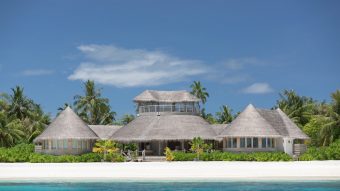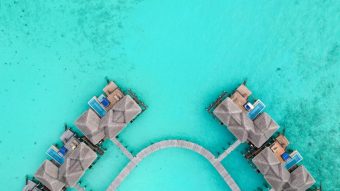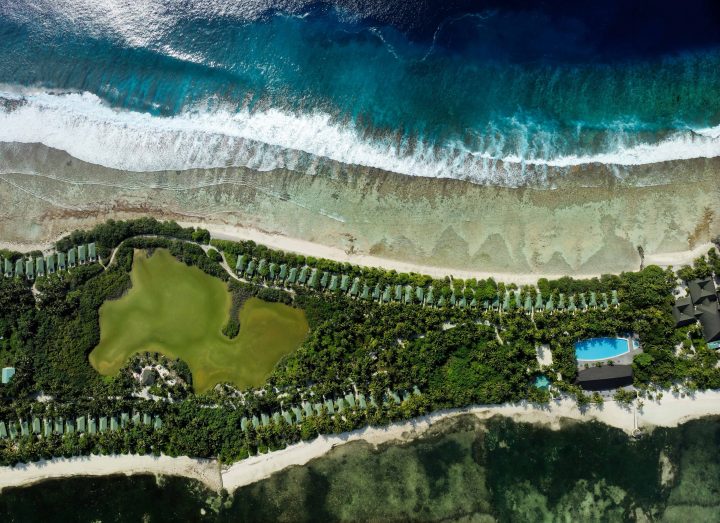
World Wetlands Day at Canareef Resort Maldives: Sanctuary of nature, biodiversity
As the world comes together to celebrate World Wetlands Day on February 2nd, Canareef Resort Maldives stands proud as a beacon of natural beauty and ecological preservation. Nestled in the heart of Addu City, a recently declared UNESCO Biosphere Reserve, Canareef is not just a resort but a haven for biodiversity, boasting a stunning array of wetlands, lakes, and vibrant ecosystems. This World Wetlands Day, we invite you to explore the wonders of Canareef’s natural treasures and discover why it is one of the top resorts in the Maldives for nature enthusiasts.
At the heart of Canareef Resort lies the Canareef Eco Park, a sprawling sanctuary centred around the largest lake on the island. This eco-park is a testament to the resort’s commitment to preserving and showcasing the rich biodiversity of the Maldives. Home to a variety of wildlife, including fish, birds, and unique flora, the Eco Park offers guests an immersive experience into the natural world.
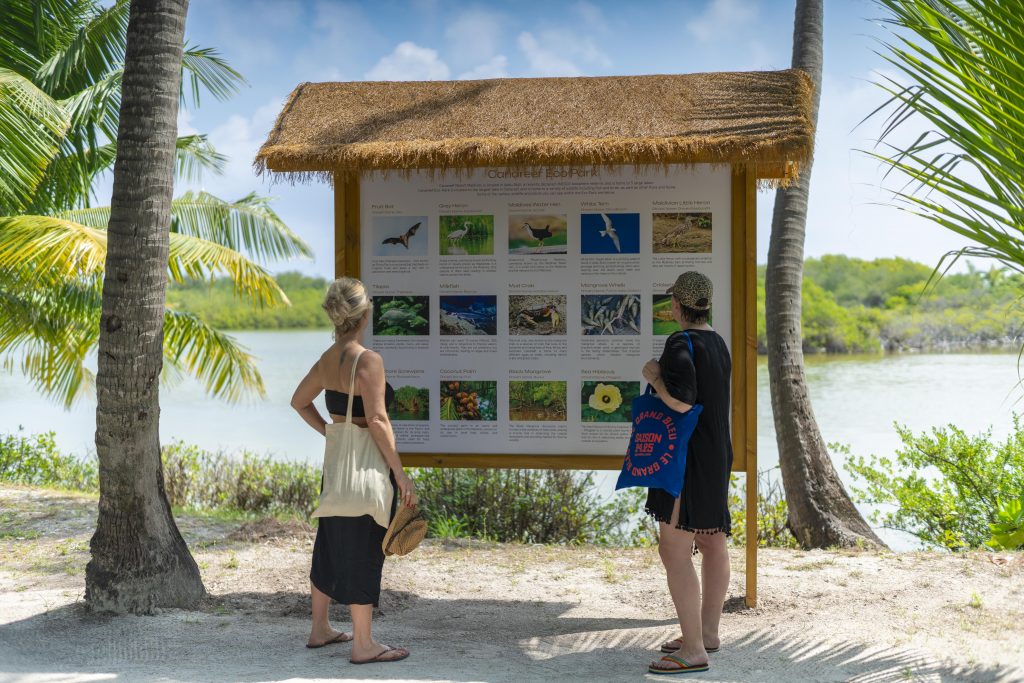
Here are some of the incredible species you can encounter at Canareef Eco Park:
- Fruit Bat (Vau): The Fruit Bat, or Flying Fox, is a nocturnal marvel that plays a vital role in pollination and seed dispersal. These gentle creatures are often seen feasting on tropical fruits, contributing to the health of the ecosystem.
- Grey Heron (Maakanaa): The elegant Grey Heron is a common sight in the wetlands of Canareef. With its long legs and graceful movements, this bird is often spotted wading in shallow waters, hunting for fish.
- Maldives Water Hen (Kan’bili): As the national bird of the Maldives, the Maldives Water Hen holds a special place in the hearts of locals. This small, elusive bird is native to the Maldives and can often be seen darting through the wetlands.
- White Tern (Dhondhooni): The White Tern is a striking seabird with pure white plumage and long, pointed wings. Known for its graceful flight, this bird is often seen soaring over the coral reefs and nesting in the trees of Addu Atoll.
- Maldivian Little Heron (Dhivehi Raabondhi): This endemic subspecies of the Little Heron is a skilled hunter, primarily feeding on fish and insects.
- Tilapia (Thelaapia): These freshwater fish are a common sight in the lakes and ponds of Canareef. Tilapia thrive in shallow waters and play a crucial role in maintaining the aquatic ecosystem.
- Milkfish (Beyn’gu): The Milkfish, an indigenous species of the Indo-Pacific, is known for its impressive size and omnivorous diet. These gentle giants feed on algae and small invertebrates, contributing to the balance of the ecosystem.
- Mud Crab (Kandoo Kakuni): The Mud Crab is a fascinating inhabitant of the mangroves and estuaries around Canareef. These crabs are an essential part of the coastal ecosystem, and their presence is a sign of a healthy environment.
- Mangrove Whelk (Fulli): This unique brackish-water snail is commonly found in mangrove environments. The Mangrove Whelk plays a vital role in the nutrient cycle of the wetlands.
- Crickets (Rafeegu): The nocturnal chirping of crickets adds a soothing soundtrack to the evenings at Canareef, reminding us of the interconnectedness of all life.
- Seashore Screwpine (Boakashikeyo): The Seashore Screwpine is a coastal tree known for its prop roots and spiky leaves. Its edible, pineapple-like fruits are a traditional food source, and the tree is also used for crafting and coastal protection.
- Coconut Palm (Ruh): An iconic symbol of the Maldives, the Coconut Palm is deeply intertwined with local culture and daily life. From food and drink to construction, this versatile tree is a cornerstone of the Maldivian way of life.
- Black Mangrove (Burevi): The Black Mangrove is a vital component of the coastal ecosystem. Its roots stabilize the shoreline and provide a habitat for a diverse range of wildlife.
- Sea Hibiscus (Dhiggaa): With its vibrant yellow flowers, the Sea Hibiscus is a beautiful addition to the coastal flora, helping to stabilize sandy shores.
- Coastal Ironwood (Fithuroanu): This hardy tree is a natural protector of the coastline, offering windbreaks and shelter for wildlife.
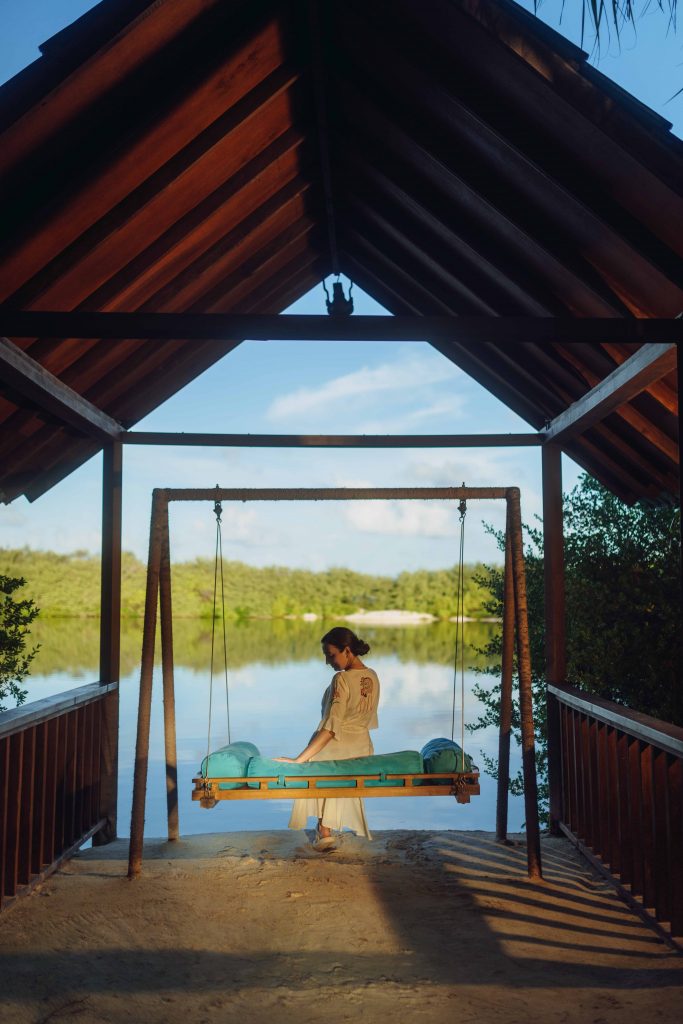
Canareef Resort Maldives is more than just a destination; it is a sanctuary for nature and wildlife. By celebrating World Wetlands Day, the resort aims to raise awareness about the importance of wetlands and their role in sustaining biodiversity. The wetlands and lakes of Canareef are not only a source of natural beauty but also a vital part of the global ecosystem.
As you explore the wonders of Canareef Eco Park, take a moment to appreciate the delicate balance of nature and the efforts being made to preserve it. Together, we can ensure that these precious ecosystems continue to thrive for generations to come.
This World Wetlands Day, join Canareef Resort Maldives to celebrate the beauty of nature and the incredible biodiversity that makes the island truly special. Let’s cherish and protect the wetlands, for they are the lifelines of our planet.




